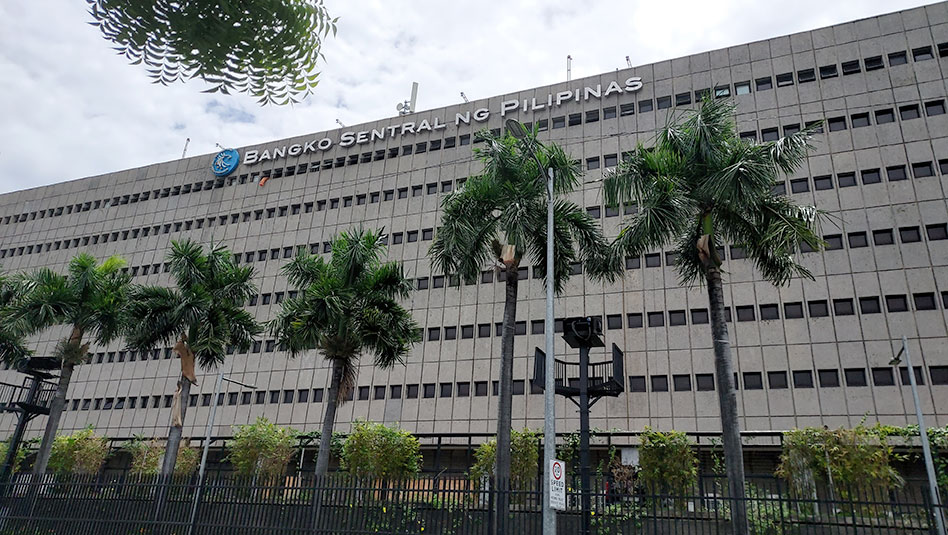




Policy Rate Updates: Closer to BSP’s Goldilocks moment
 DOWNLOAD
DOWNLOAD

Inflation Update: Speeds up but remains below target
 DOWNLOAD
DOWNLOAD

Monthly Economic Update: Fed back on track
 DOWNLOAD
DOWNLOAD


BSP expected to embark on ‘deep cutting cycle’ over next 2 years

The Bangko Sentral ng Pilipinas (BSP) may cut policy rates by up to 200 basis points (bps) over the next two years, Bank of America (BofA) Global Research said.
In a report dated March 18, BofA Global Research said that most central banks in the region have “decisively marked an end to the tightening cycle now,” although have kept a hawkish tone amid inflation risks.
“Indonesia and the Philippines stand out as the top candidates for a deep cutting cycle of seven to eight cuts (175-200 bps),” it said.
The Monetary Board kept the benchmark rate at 6.5% for a third straight meeting last February. The BSP raised rates by 450 bps from May 2022 to October 2023 to tame inflation.
If the BSP slashes borrowing costs by 200 bps over the next two years, this would bring the benchmark rate to 4.5%.
The Monetary Board is set to have its next policy meeting on April 4.
A report by BofA Global Research earlier this month projected that the BSP will slash policy rates by a total of 100 bps this year, starting with a 25-bp cut in the second quarter.
BSP Governor Eli M. Remolona, Jr. earlier said that the BSP remains “ready to adjust its monetary policy settings as necessary.”
In its report, BofA Global Research said it expects the BSP’s easing cycle to begin in line with expectations of policy cuts by the US Federal Reserve this year.
“Fed cuts could allow high-yielders, Indonesia and the Philippines to begin a deep cutting cycle and attract more carry flows,” it said.
From March 2022 to July 2023, the Federal Open Market Committee (FOMC) raised its key rate by 525 bps to bring the target Fed fund rate to 5.25-5.5%.
Markets are widely anticipating the US Federal Reserve to begin easing rates by the middle of the year. The FOMC is currently conducting its policy meeting (March 19-20).
Meanwhile, BofA Global Research said that foreign direct investments (FDIs) are seen to show an improvement in the region.
However, it cited risks to the Philippines’ FDI outlook.
“FDI flows have been more significant and are broadly expected to improve,” it said. “Philippines’ government has accumulated large commitments, but it remains to be seen how much materializes this year.”
It noted the geopolitical risks between the Philippines and China and its potential impact on trade relations and investments.
Latest data from the BSP showed that FDI net inflows declined by 6.6% to USD 8.9 billion in 2023 from USD 9.5 billion in the previous year.
The BSP expects to record FDI net inflows of USD 9 billion for both end-2024 and end-2025. — Luisa Maria Jacinta C. Jocson
This article originally appeared on bworldonline.com





 By BusinessWorld
By BusinessWorld